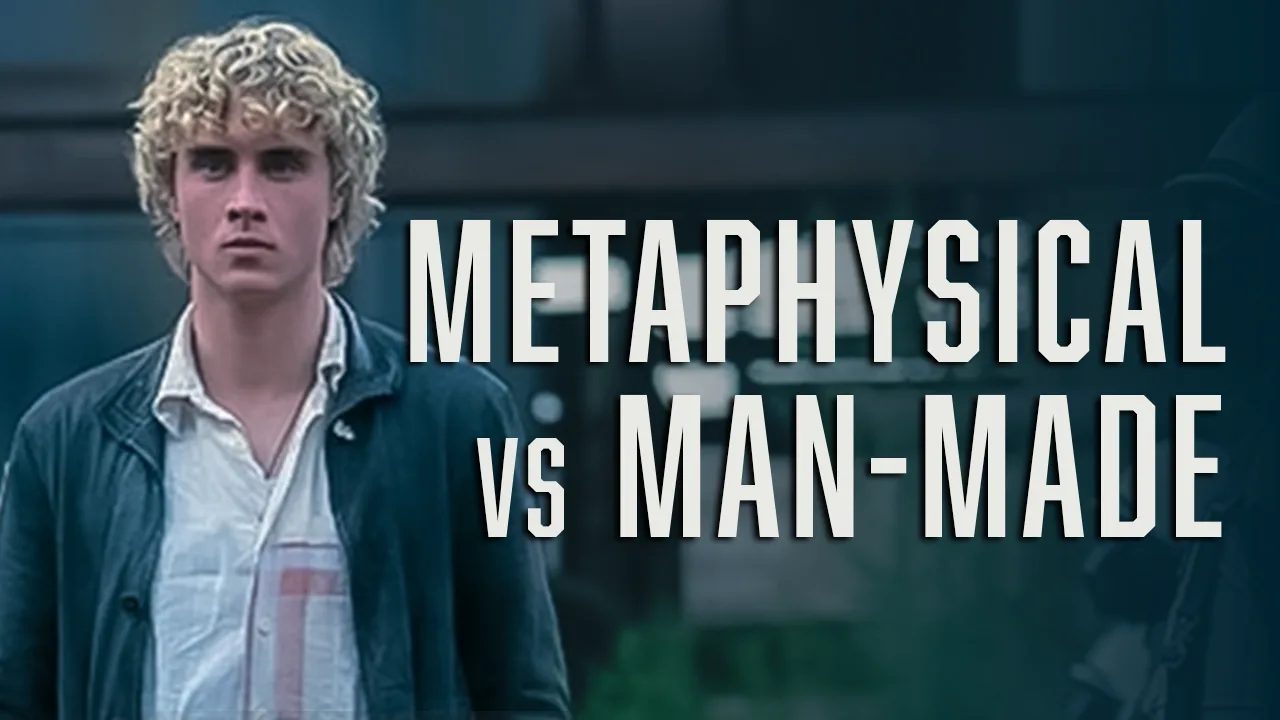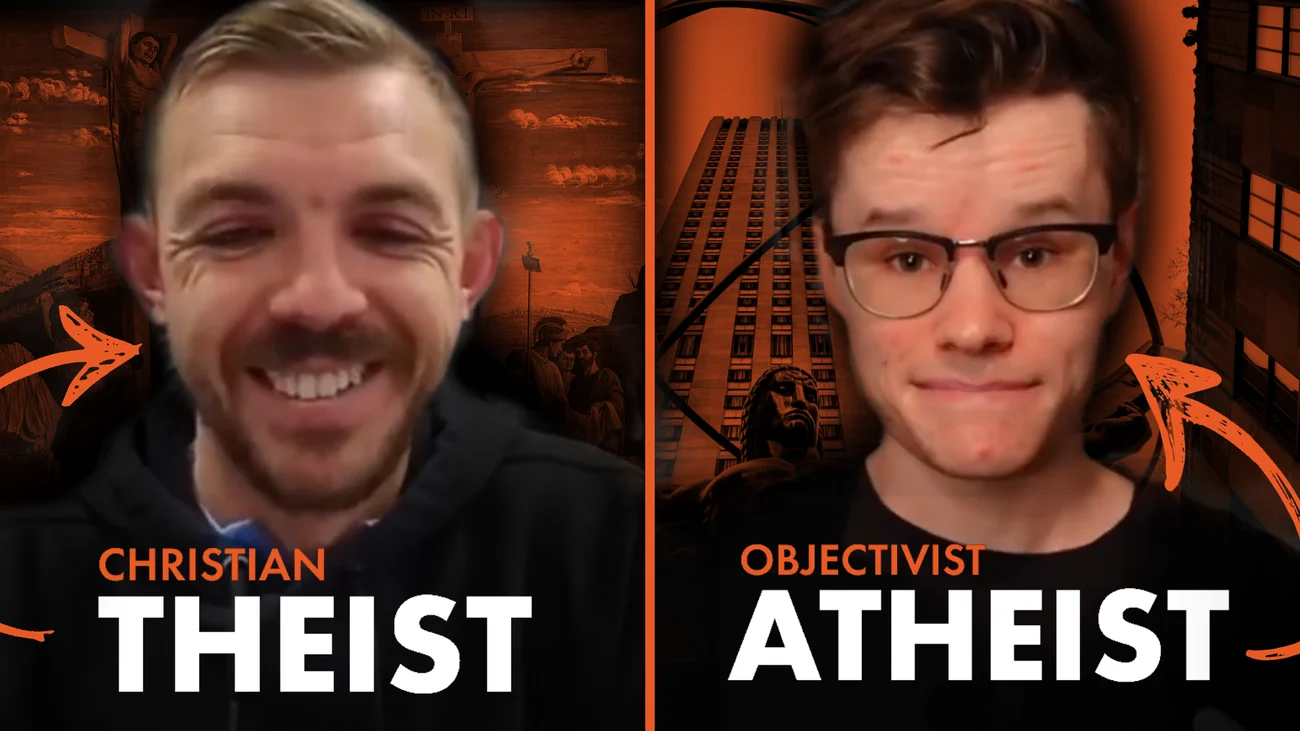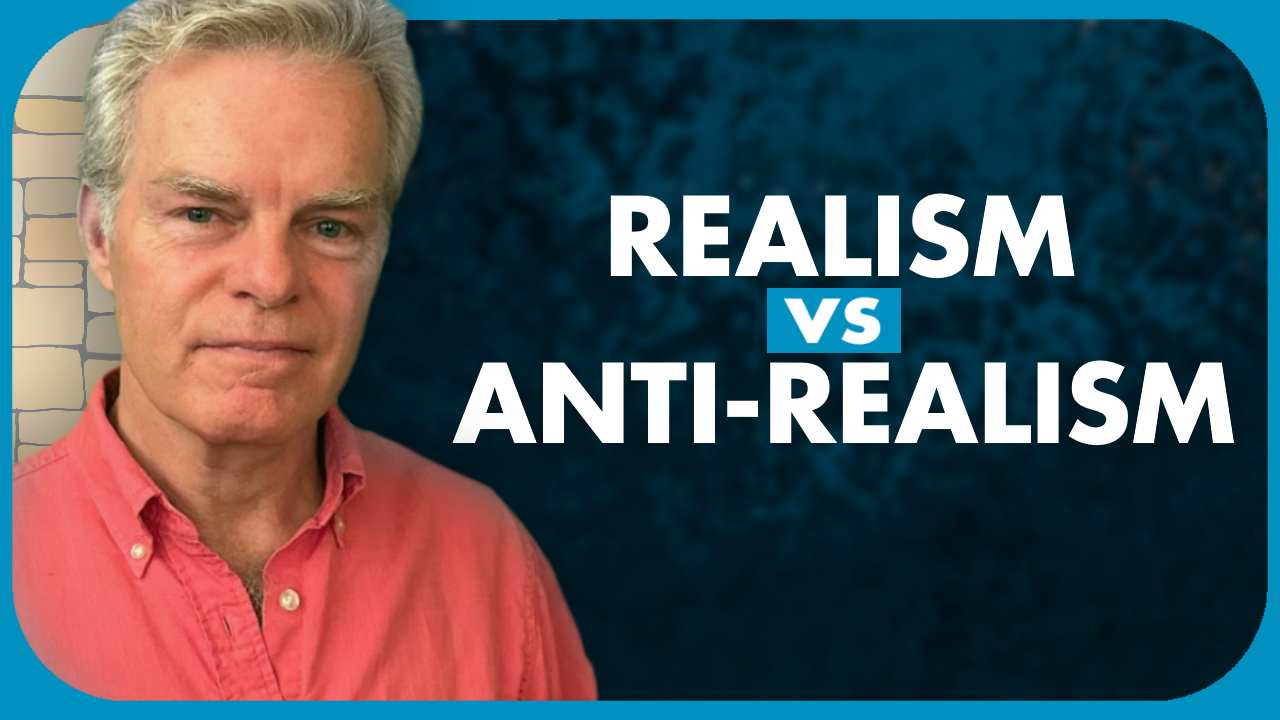You’ve probably heard of the phoenix—a mythical creature that bursts into flames when it dies and is reborn from the ashes. At the end of Ray Bradbury’s dystopian novella Fahrenheit 451, the main character must go through his own rebirth from the ashes. In the story, books are banned, and “firemen” start fires to destroy them. Fireman Guy Montag eventually leaves behind this life of destruction and must start over.1 Alone and with few possessions, he flees the authorities (narrowly escaping his city being bombed) and joins up with several kindred spirits. One of them advises him:
Everyone must leave something behind when he dies, my grandfather said. A child or a book or a painting or a house or a wall built or a pair of shoes made. Or a garden planted. Something your hand touched some way so your soul has somewhere to go when you die, and when people look at that tree or that flower you planted, you’re there. It doesn’t matter what you do, he said, so long as you change something from the way it was before you touched it into something that’s like you after you take your hands away. The difference between the man who just cuts lawns and a real gardener is in the touching, he said. The lawn-cutter might just as well not have been there at all; the gardener will be there a lifetime. [emphasis added]
Montag is touched by this advice, and when I read it, so was I. Of course, “changing something” could be taken a bit broadly—what if you change things for the worse? But the examples he gives are all instances of creating value, either via literal creation or transformation. This can take many forms; one can teach, paint, build, design, research, lead, or so on. Regardless of the form, such production is life-serving, not only in that it brings something into being that is useful or beautiful, but also because it provides one with purpose and self-esteem, and therefore is incalculably important in a person’s life.
Bradbury’s point is more narrow, though: that a person who creates something is taking a part of his soul and putting it into whatever he creates.
If taken literally, the claim that your soul “goes” into your creation once you die suggests that the soul has a material form that lingers like a ghost. There is no evidence for this, but there is another way to think of the soul: as the spiritual (nonphysical) parts of a person. In this view, your soul includes your values, goals, thoughts, ideas, emotions, dreams, convictions, desires, and so on. In this sense, you do endow whatever you create with a bit of your soul, because you must use your mind to create or transform anything. Your designs, gardens, books, lessons, paintings, buildings, installations, songs, and such are yours because you created them—not just with your hands, but with your mind. Your ideas, experiences, emotions, and thoughts were necessary to create that specific thing in the way that you created it.
The idea that by creating, one is putting a bit of one’s soul into the world inspires Montag, and enables him to begin to rebuild his life from the ashes, phoenix-like. And by giving people a personal connection to their work and their productive hobbies, I think that same idea could inspire many others to create wonderful things.





